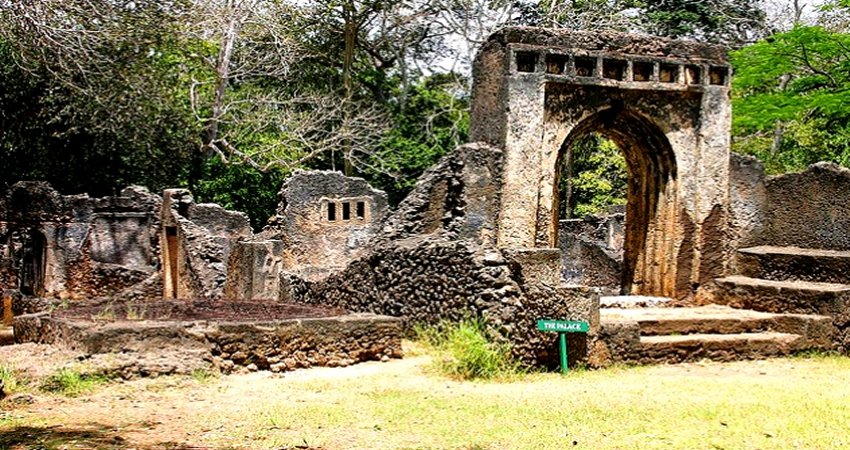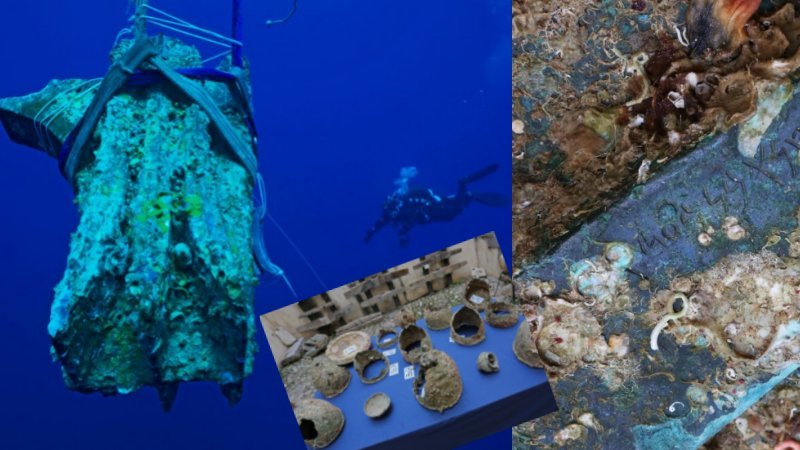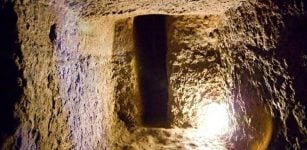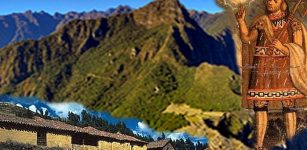Africa’s Secrets: Unsolved Mystery Of Gedi Ruins Protected By The ‘Old Ones’ – Why Did People Leave?
MessageToEagle.com – Will dense forests ever reveal the secrets of mysterious abandoned city of Gedi, Kenya?
Wild stories had been circulating about this lost city, which was believed to be the work of Phoenicians or Egyptians stranded on the African coast.
James Kirkman, the archeologist who first worked at the Gedi site, said:
‘when I first started to work at Gedi I had the feeling that something or somebody was looking out from behind the walls, neither hostile nor friendly but waiting for what he knew was going to happen.’
Ancient city of Gedi (also known as Gede) is said to be ‘a kind of mystery’ because it was inexplicably abandoned twice – in 1500 and in 1700.
Now in ruins, Gede (or Gedi, which means “precious”) is one of the most important archaeological sites in Kenya since 1984. It is located about 5 km from Watamu, a small town located approximately 105 km north of Mombasa, Kenya.
Also the reasons for Gedi’s location remain thoroughly obscure and its absence from historical records grows more inexplicable the more you think about it.
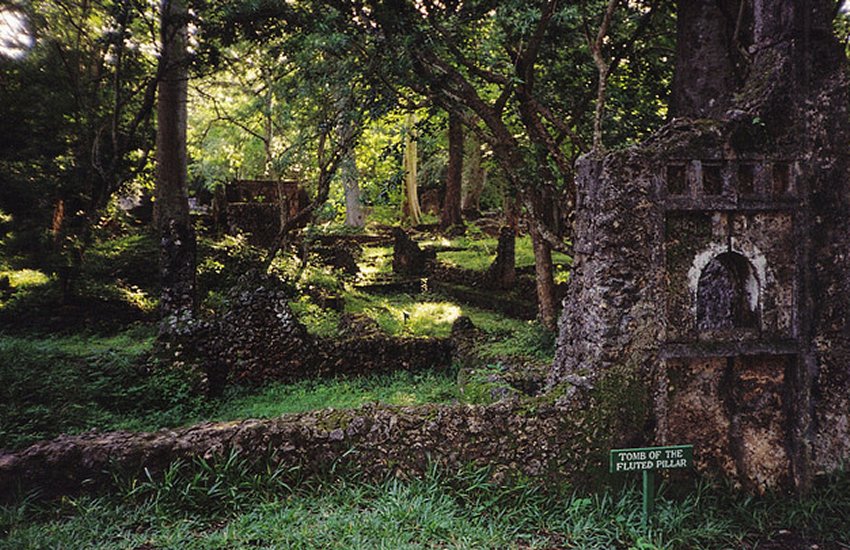
Gedi’s beautiful ruins are confusing and eerie, especially in the late afternoon. Gedi has a sinister reputation and local people – who have heard a number of ghost stories and tales of inexplicable happenings – have always been uneasy about it.
This large, thirteenth- to seventeenth-century Swahili town was apparently unknown to the Portuguese, despite the fact that they had a strong presence only 15km away from Gedi for nearly a hundred years (!), during a time when Gedi is judged to have been at the peak of its prosperity.
Despite much research, no one can say with certainty what really happened to the village and its inhabitants. No signs of battle or pestilence to assume such a double evacuation, have never been found.
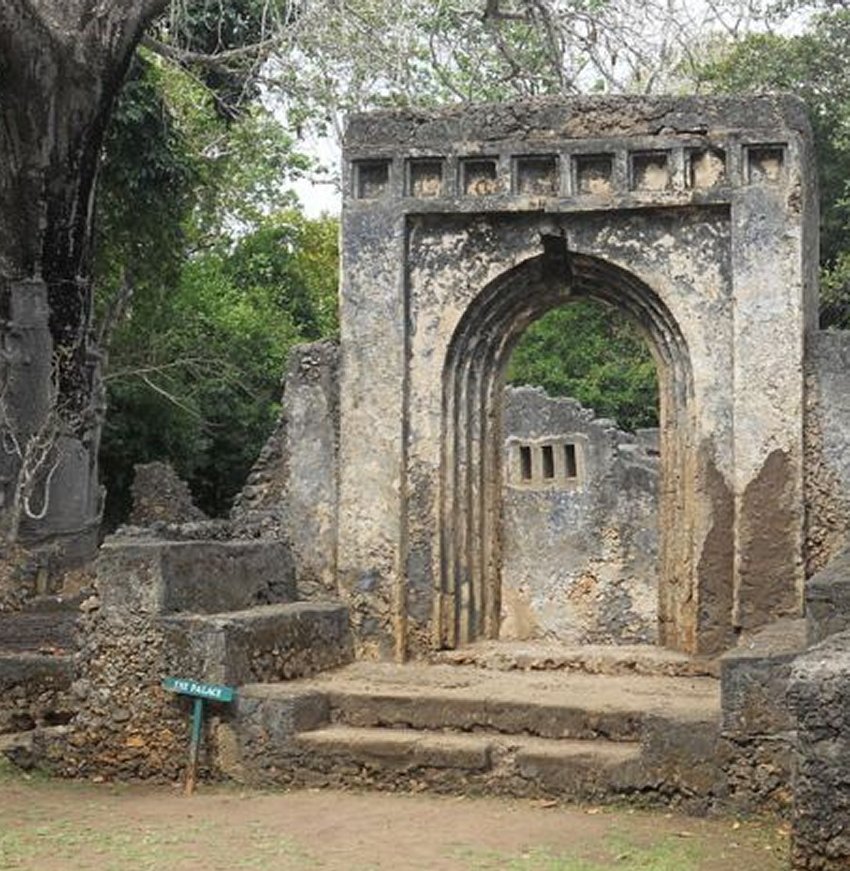
Gedi is not mentioned in any Arab or Portuguese chronicles of that period but according to local tradition, the ruins are protected by the spirits of its priests, the ‘Old Ones’ who supposedly curse anyone who harms the site or removes anything.
Excavations between 1948 and 1958 revealed that the city traces its origin in the twelfth century but was rebuilt twice with new town walls in the fifteenth and sixteenth centuries.
The city, was entirely built with coral stones, lime and sand and had drainage gutters. Its streets were laid out at right angles and high walls, with only four input ports that correspond to the four cardinal points surrounded the city.
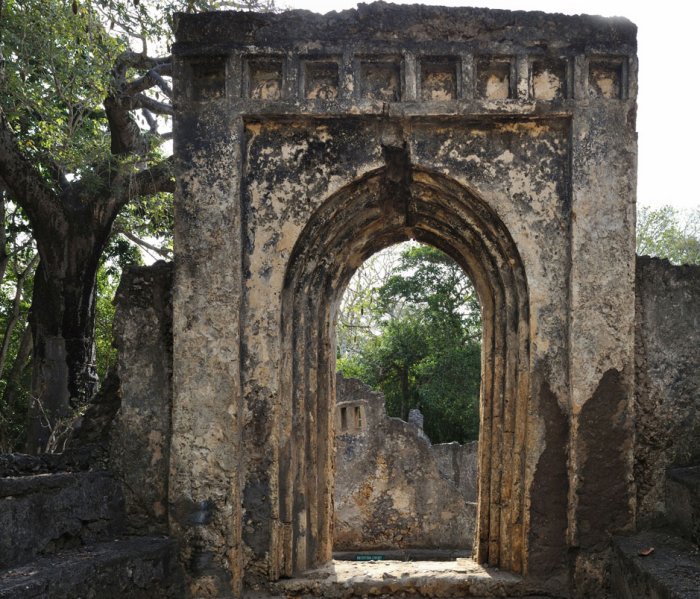
In the ruins of Gedi, the remains of large tanks that supported the city with water are clearly recognizable, along with the two concentric walls fences placed to protect the site, numerous apartment buildings, some of which still bear the traces of the architectural short period of Venetian rule.
See also:
- Ancient Sao People: Intriguing And One Of The Oldest Civilizations Of Central Africa
- Unsolved Mystery Of The Giant Footprints Outside The Ain Dara Temple
- Mysterious African Grebo Masks With Tubular Multiple Eyes
Large stone houses of Gedi were complex for their time, with bathrooms with drains and overhead basins to flush toilets, which are all of identical design, and still look superior all others usually seen in Kenya.
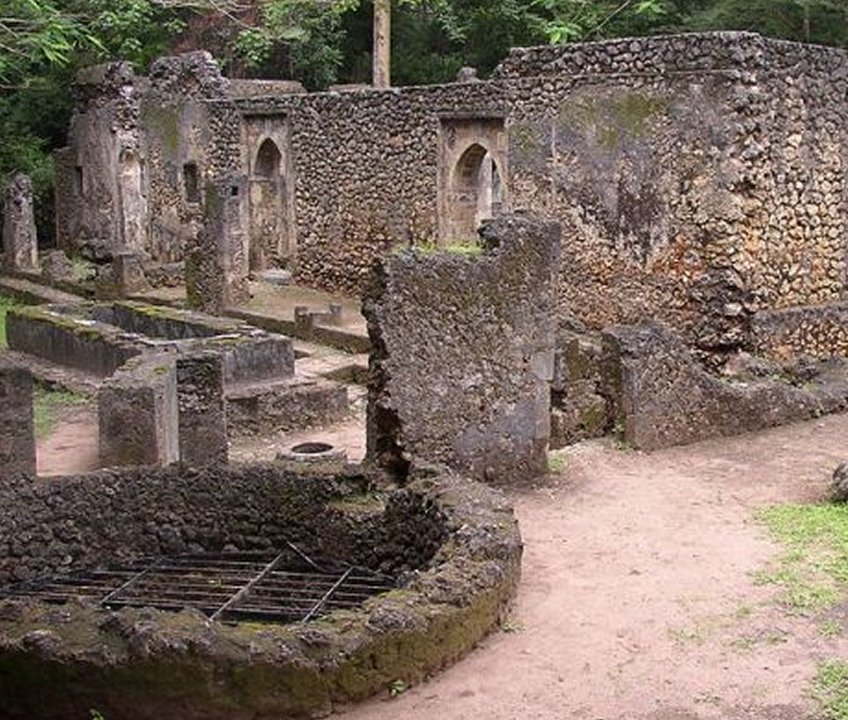
Once Gedi was a thriving community along the jungle coast of East Africa and its inhabitants traded with people from all over the world.
The findings unearthed in the ruins, included coins from several European countries, Venetian beads, an Indian lamp, porcelain objects from Persia, Chinese porcelain of the Ming Dynasty and scissors Spain.
In ancient abandoned palace of Gedi, there are mysterious tunnels, secret rooms and the remains of several unidentified tombs.
Copyright © MessageToEagle.com All rights reserved. This material may not be published, broadcast, rewritten or redistributed in whole or part without the express written permission of MessageToEagle.com
References:
Lonno Lodge
National Museums of Kenya.

